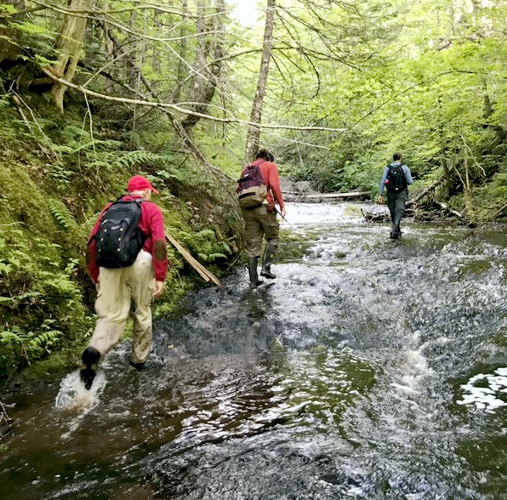Field trip to Rainy Cove
Dr. Raeside and Dr. Snyder took an eager group of students to examine outcrops along the Noel Shore, Hants County.
*Note* The departmental office will be closed from December 19th 2025 at 4pm until January 5th 2026 at 8am for the holiday break.
Earth and Environmental Science at Acadia offers programs leading to B.Sc. degrees in Environmental Science, Geology and Environmental Geoscience, and M.Sc. degrees in Geology, Environmental Science and Applied Geomatics.

Dr. Raeside and Dr. Snyder took an eager group of students to examine outcrops along the Noel Shore, Hants County.

The Department of Earth and Environmental Science is very pleased to welcome Dr. Morgan Snyder and Prof. Dewey Dunnington to the teaching faculty for the fall term.

The first part of Senior Field School has concluded in Cape Breton Island. Offered by Sandra Barr and Rob Raeside, the students mapped an area in the Cape Breton Highlands and enjoyed lots of waterfalls and mountain views.